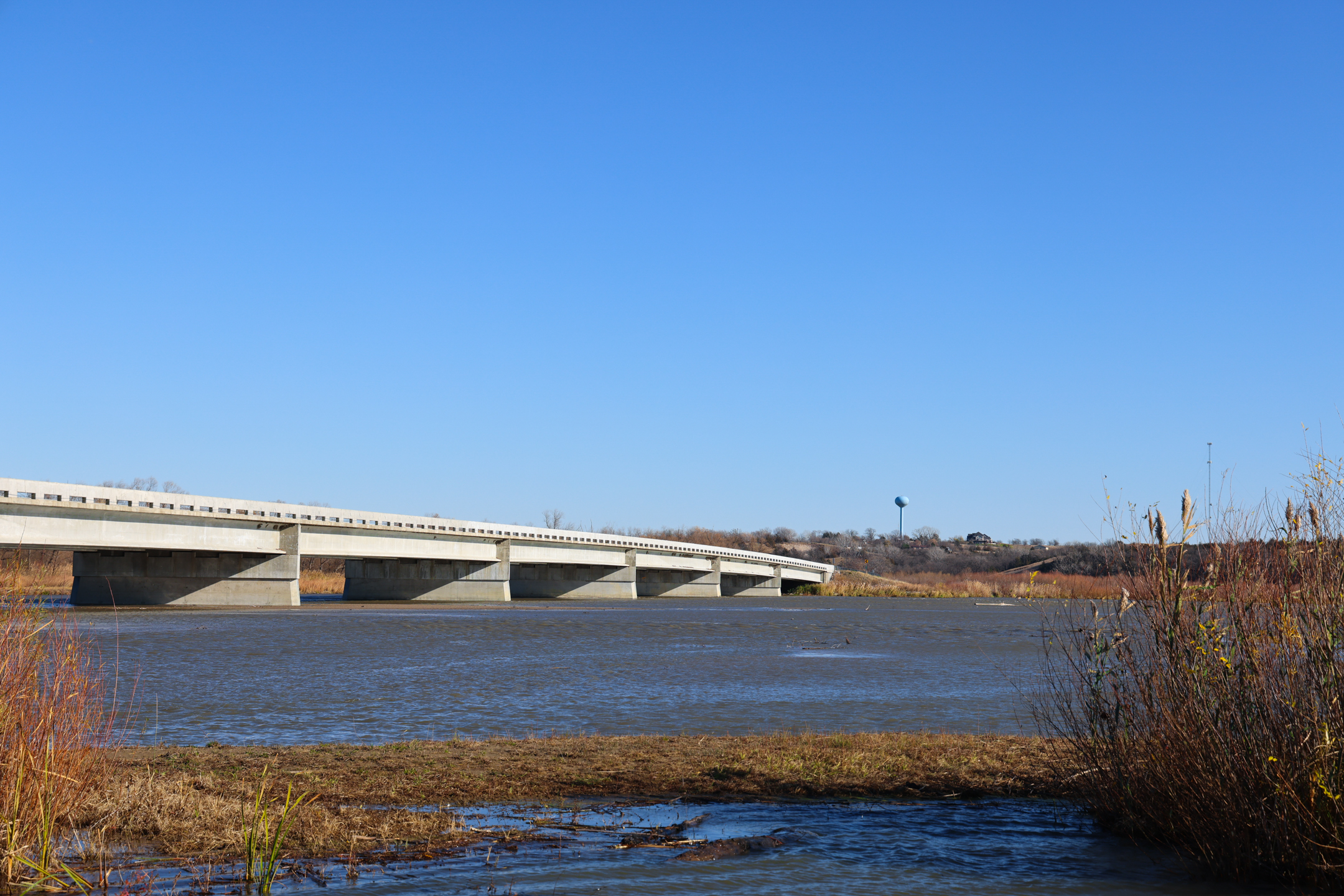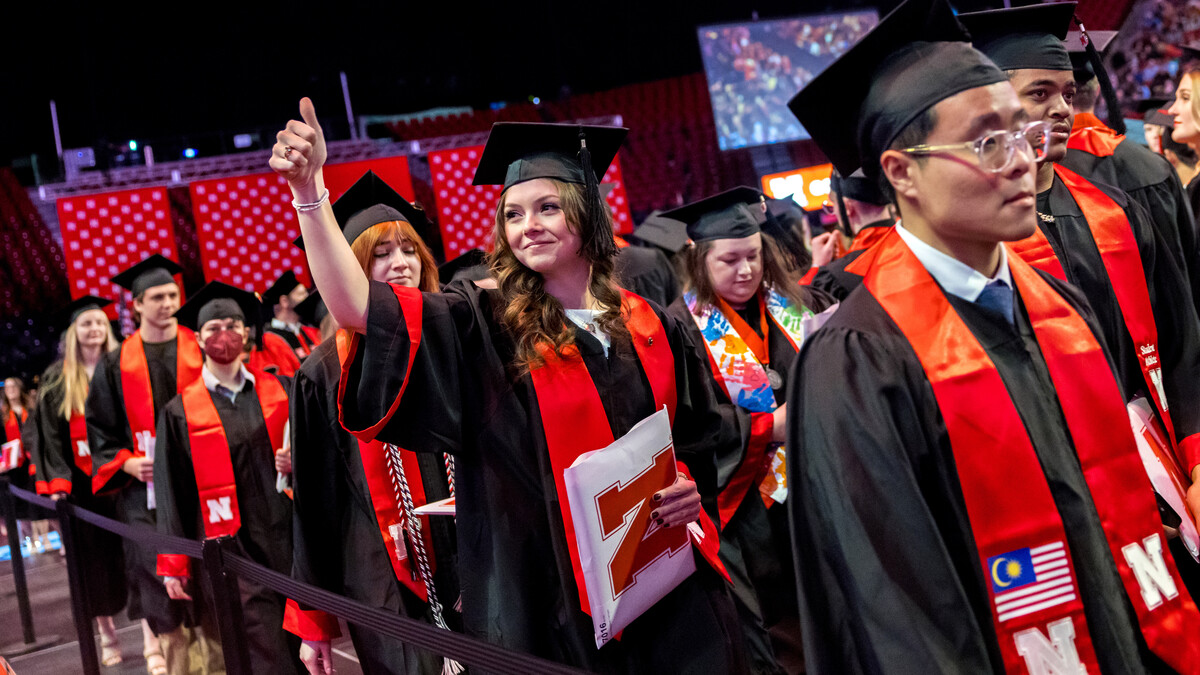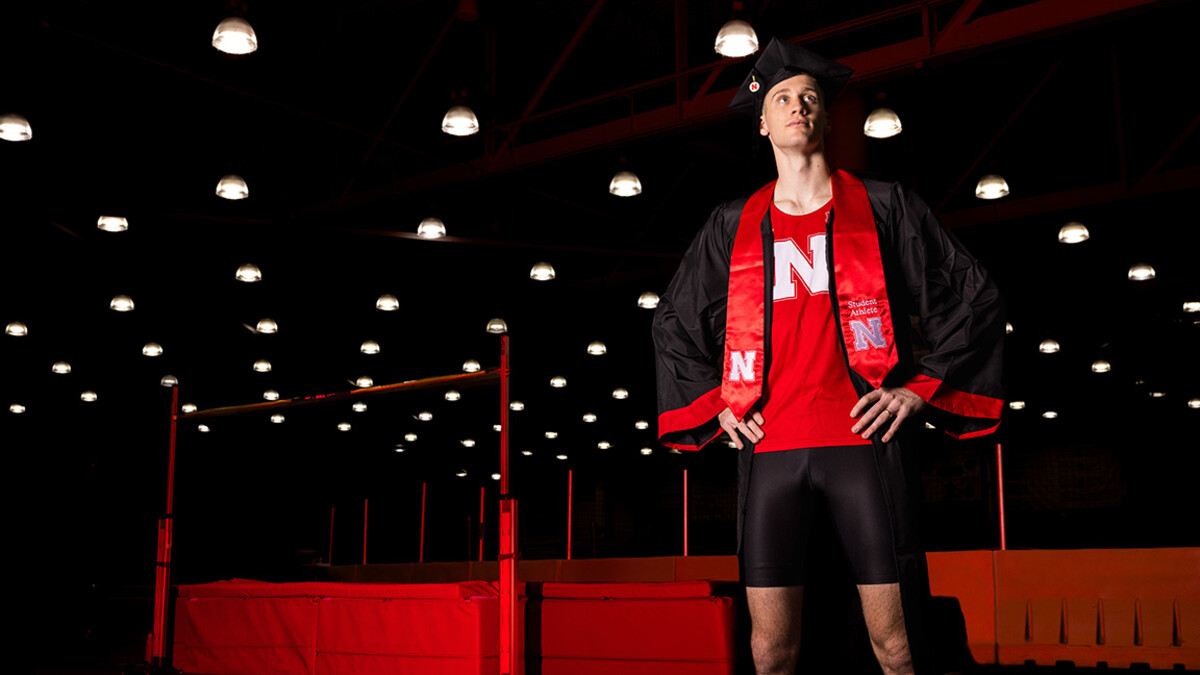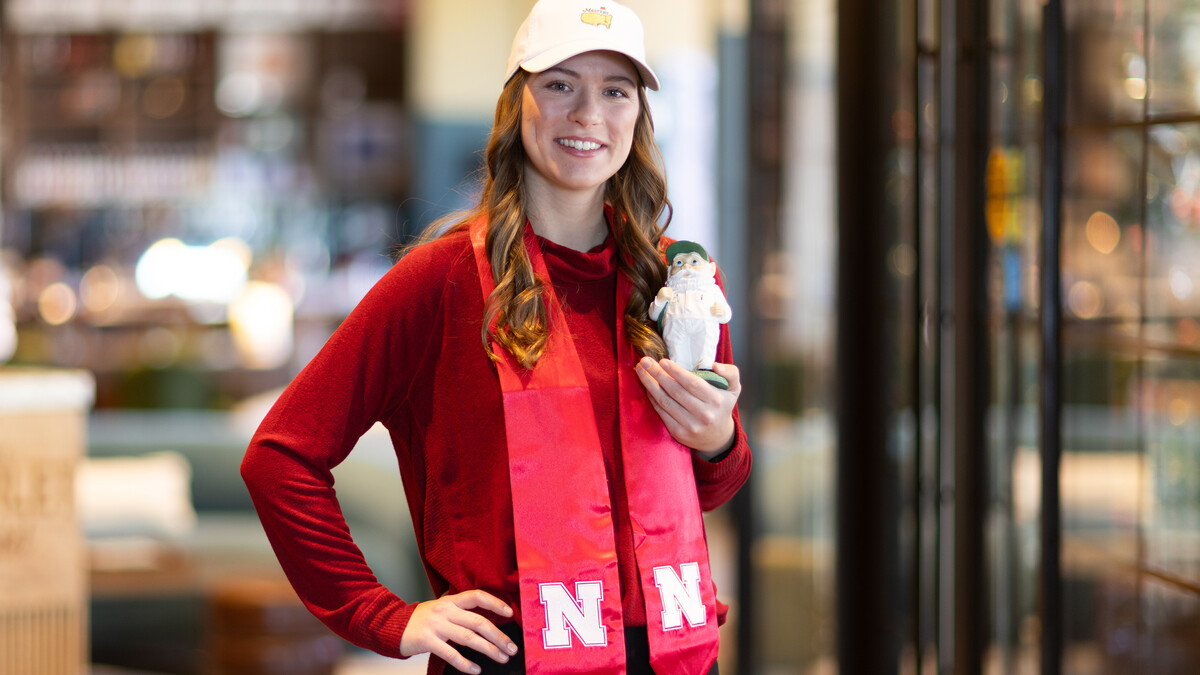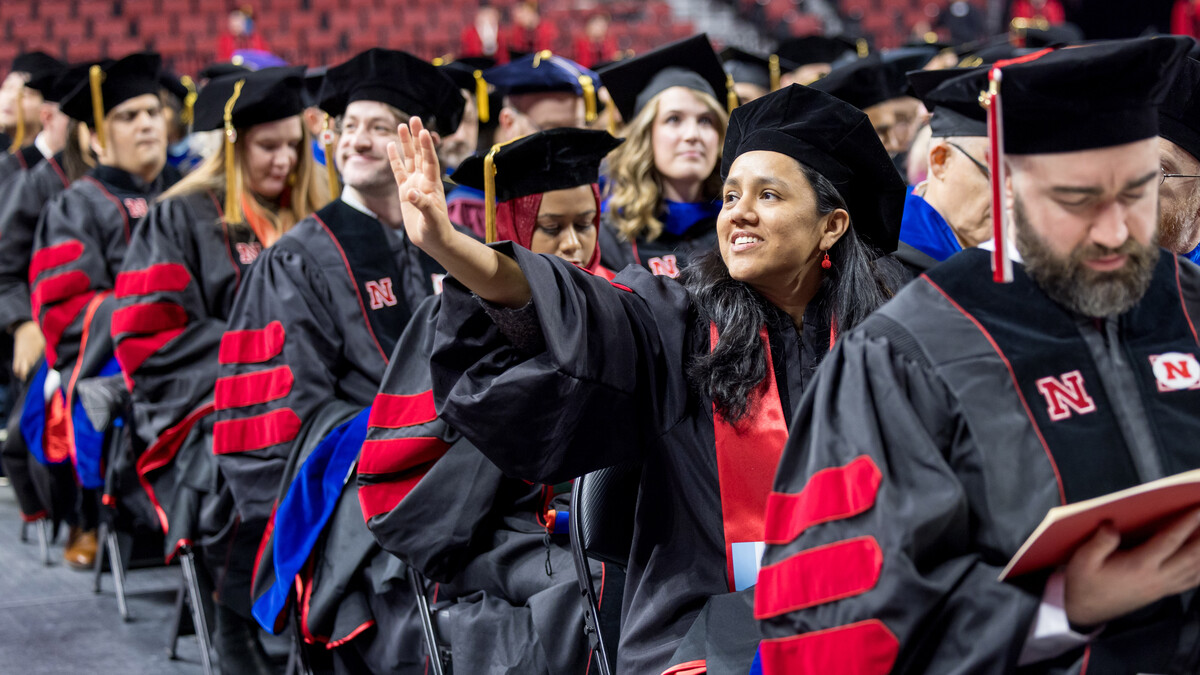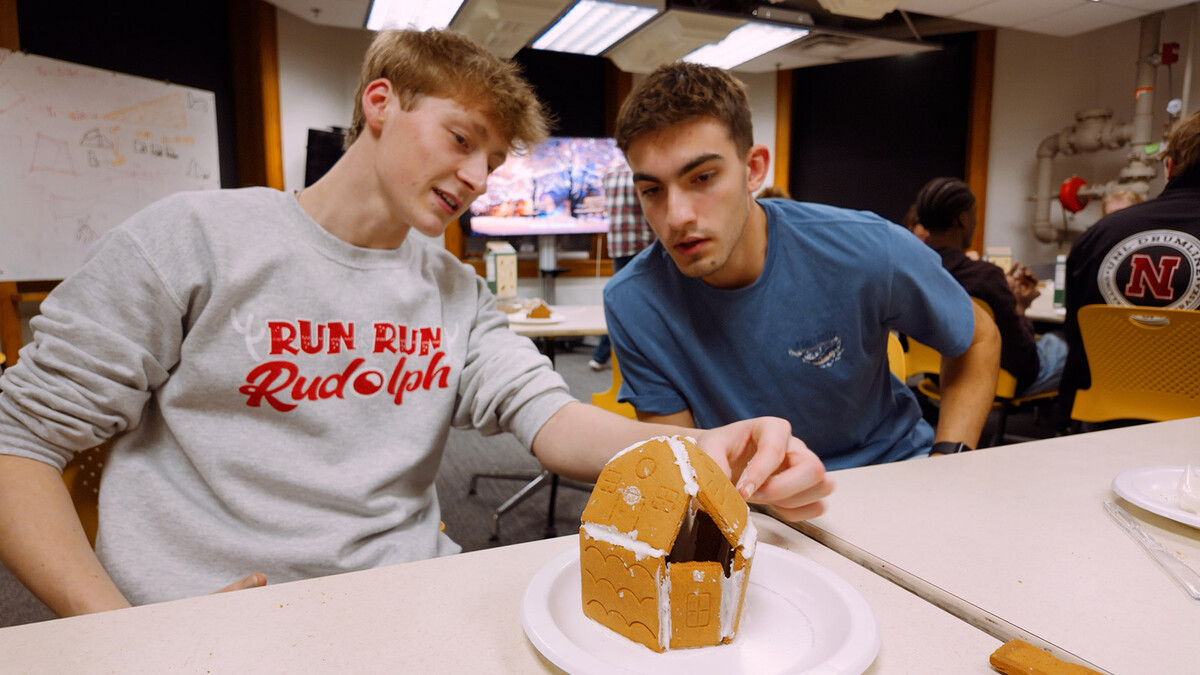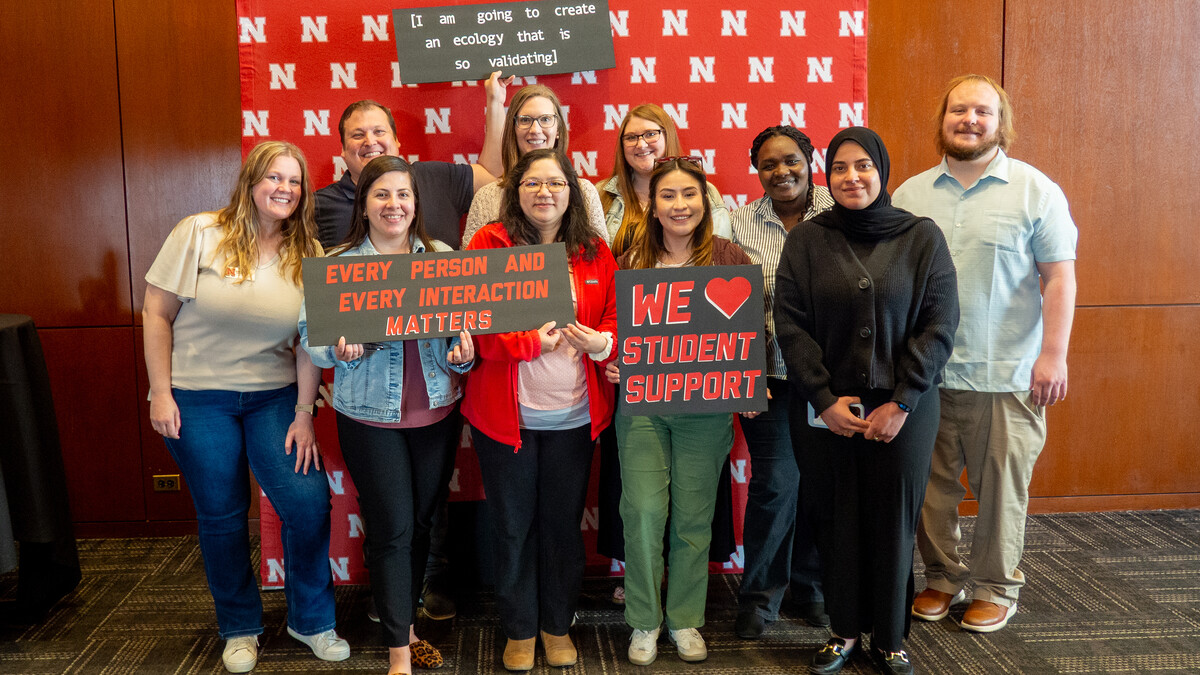
Residents of Niobrara, Nebraska, are well acquainted with severe weather.
At the confluence of the Niobrara and Missouri rivers and on the border of Nebraska and South Dakota, Niobrara has experienced floods, ice deluges, hail, wind and bridge collapses. The city has also been relocated twice. The most recent flood, in March 2019, washed out the Mormon Canal Bridge along Highway 12, disconnecting Niobrara from many neighboring communities until a permanent replacement was constructed in September 2020.
While Niobrara residents know they cannot prevent the next natural disaster, they also know there is something they can do to be better prepared to face it. Enter the formation of the Community Organization Active Disaster group.
“In the 2019 flood we had, it really was a lot of people pulling together, but there was no set organization at that time,” said Cody Barta, an environmental specialist for the Ponca Tribe and member of the disaster group. “So we did get through it, but the idea with the (group) is the next time we have an issue, you know, with power being out or a road being out or (being without) drinking water, that we actually have a system with surrounding communities that would be able to respond.”
The idea for the group was born out of conversations held by a community steering committee to be better prepared for the impacts of extreme weather. With the support of a grant from the National Science Foundation and the Established Program to Stimulate Competitive Research, educators from Rural Prosperity Nebraska, the Department of Agricultural Leadership, Education and Communication, and the School of Natural Resources teamed up with researchers from Oklahoma State and Louisiana State universities to study rural community resilience during natural disasters.
Niobrara was selected as Nebraska’s representative community due to its history of severe weather and climate struggles, as well as current issues with increased sedimentation from the Niobrara River. About 50% of the sediment that flows through the Missouri River comes from the Niobrara. As sediment builds up, the risk of flooding, rising water tables and the destruction of both farmland and tourism areas (a major source of income for the county) becomes increasingly problematic.
One example is the boat dock where residents access the river, Rasmussen said. The old boat dock’s location is now in the middle of the river. This shows how rural areas change and how focusing on rural resilience helps residents navigate these changes.
To compile information for the disaster group, the steering committee worked with Mary Emery, director of Rural Prosperity Nebraska; Raquel Taylor, a postdoctoral research associate in the Department of Agricultural Leadership, Education and Communication; and two college-age residents from Niobrara. Together they created and distributed a survey that recorded individuals’ potential needs and the resources and/or skills they might have available to aid with disaster relief.
In addition, Soni Cochran, Nebraska Extension's disaster education coordinator, shared the EDEN COAD manual with the committee and connected them with the emergency manager in Scotts Bluff County, who walked them through how to continue to engage the group when not navigating a disaster event.
“Using these resources, along with a community survey developed by Rural Prosperity Nebraska in collaboration with the village, Niobrara has started to create the foundation of a (disaster group) that works for this community of 363,” Rasmussen said. “It may not look like what was outlined in the official manual or the plan developed in Scotts Bluff County, but they now have a better, more resilient place to start from when the next extreme event occurs.”
Essentially the disaster group has a two-part structure.
First is a database of resources that can be utilized when extreme weather or a natural disaster impacts the area. These resources range from equipment availability to people’s skillsets.
“We put together community assets as to what different people may have as talents or skills,” said Mona Weatherwax, Niobrara’s village clerk. “Could you operate heavy equipment? Do you own a chainsaw? Could you come in and help with tree cleanup? Are you able to come and check on your elderly neighbors. So it’s all of Niobrara.”
Weatherwax said that during the 2019 flood, the water pressure dropped so low that water was not reaching the water tower, limiting the availability of clean water. Two local residents drove around the county collecting firehoses, put the hoses together for a quarter-mile between the main well and the water tower, and flushed the system back online.
The second piece of the database includes a contact check-in system for Niobrara residents who might need extra help during disasters.
“With these resources in place, they know that, say, Betty is 94 years old and lives alone at 123 Main St., and she’s going to need assistance to get out of her house, so they’ll need to check on her,” said Jordan Rasmussen, Rural Prosperity Nebraska’s program leader and one of the university representatives who has been working with Niobrara on rural resilience. “This makes sure every resident is accounted for and cared for every time.”
While Niobrara’s disaster group will not stop the next extreme weather event or natural disaster from happening, it will help residents weather the storm more readily, making sure they can not only continue to work together as a community, but remain together as a community.
“It’s a really kind of unique community where everyone is very connected,” Barta said. “If something happens, people want to take care of each other. So I think we’re building our resilience based on strong community and past knowledge.”
Everyone works together, which is the idea of the group, Weatherwax said.
“By having that information, you can sort of hit the ground running and get your people in place more quickly,” she said. “It’s been really helpful, and maybe it’s a model others could use where they are, too.”
